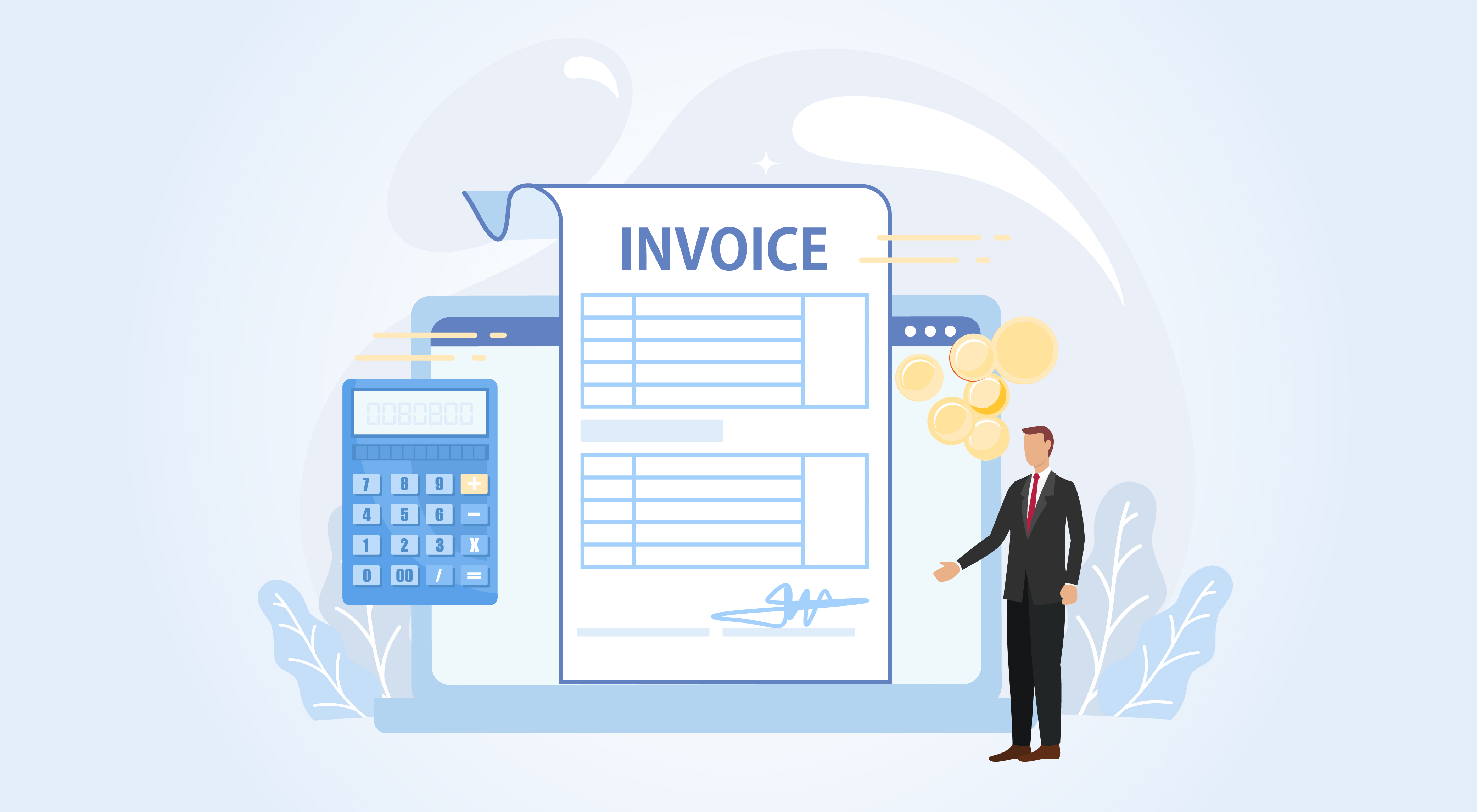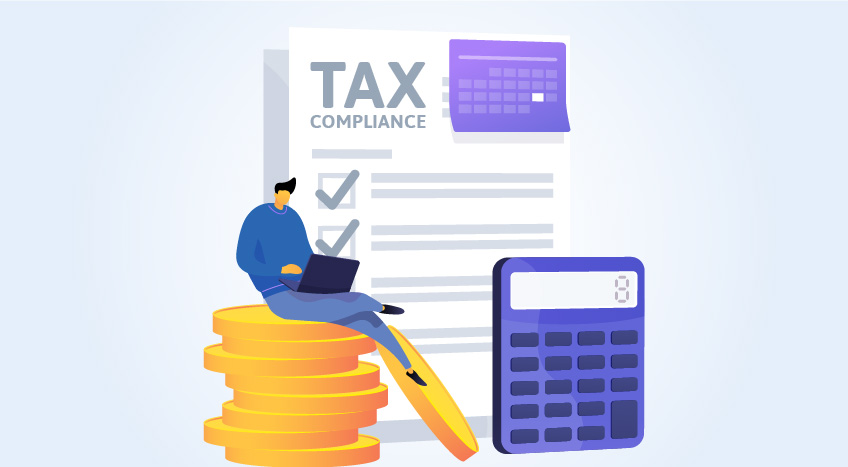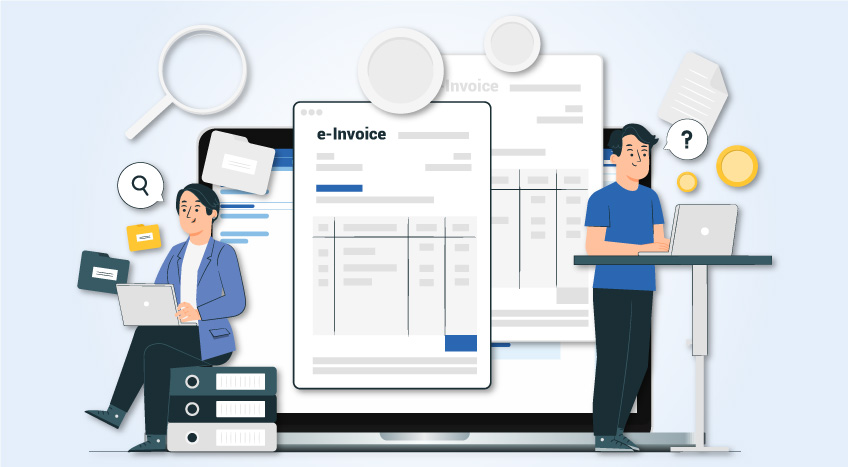Saudi Arabia is undergoing a fantastic transformation in its invoicing techniques thru the e-invoicing initiative led through the Zakat, Tax and Customs Authority (ZATCA). This initiative goals to beautify performance, transparency, and compliance in the tax gadget. The transition from Phase 1 (the Generation Phase), which started in December 2021, to Phase 2 (the Integration Phase) marks a vital step for companies.
The 2nd phase of e-invoicing requires corporations to mix their structures with ZATCA's Fatoora platform, making sure actual-time digital bill processing. This shift improves operational performance, reduces mistakes, and enhances facts accuracy, necessitating system improvements to fulfill new technical and compliance requirements.
|
The 2nd Phase- Integration phase of e-invoicing in Saudi Arabia |
How does the Integrated Phase of e-invoicing work in Saudi Arabia |
What are the requirements for an invoice in KSA?
Businesses engaged in B2B and B2C transactions should connect their e-invoicing structures directly to ZATCA’s Fatoora platform. This integration is essential for real-time validation and submission of invoices, making sure compliance with Saudi regulations.
Compliance with XML Standards:
To facilitate seamless verbal exchange between systems, companies should adhere to ZATCA’s XML requirements for bill formatting and virtual signatures. These requirements make sure that everyone electronic invoices are uniform and meet prison necessities.
Implementation Deadlines:
The timeline for integration is critical. As of April 2024, ZATCA announced that businesses with a taxable turnover exceeding SAR 15 million at some stage in 2022 or 2023 need to comply by way of integrating their systems between November 1, 2024, and January 31, 2025. It is vital for companies to monitor their compliance cut-off dates carefully to avoid consequences.
It is vital for organizations to screen their compliance cut-off dates intently to avoid penalties. This section is being carried out in waves. The criteria and timelines for the primary 14 waves, which had been previously announced, are:
|
Wave |
Criteria |
Timeline |
|
1 |
Turnover of more than SAR3b during calendar year 2021 |
1 January 2023 to 30 June 2023 |
|
2 |
Turnover of more than SAR500m up to SAR3b during calendar year 2021 |
1 July 2023 to 31 December 2023 |
|
3 |
Turnover of more than SAR250m during calendar year 2021 or 2022 |
1 October 2023 to 31 January 2024 |
|
4 |
Turnover of more than SAR150m during calendar year 2021 or 2022 |
1 November 2023 to 29 February 2024 |
|
5 |
Turnover of more than SAR100m during calendar year 2021 or 2022 |
1 December 2023 to 31 March 2024 |
|
6 |
Turnover of more than SAR70m during calendar year 2021 or 2022 |
1 January 2024 to 30 April 2024 |
|
7 |
Turnover of more than SAR50m during calendar year 2021 or 2022 |
1 February 2024 to 31 May 2024 |
|
8 |
Turnover of more than SAR40m during calendar year 2021 or 2022 |
1 March 2024 to 30 June 2024 |
|
9 |
Turnover of more than SAR30m during calendar year 2021 or 2022 |
1 June 2024 to 30 September 2024 |
|
10 |
Turnover of more than SAR25m during calendar year 2022 or 2023 |
1 October 2024 to 31 December 2024 |
|
11 |
Turnover of more than SAR15m during calendar year 2022 or 2023 |
1 November 2024 to 31 January 2025 |
|
12 |
Turnover of more than SAR10m during calendar year 2022 or 2023 |
1 December 2024 to 28 February 2025 |
|
13 |
Turnover of more than SAR7m during calendar year 2022 or 2023 |
1 January 2025 to 31 March 2025 |
|
14 |
Turnover of more than SAR5m during calendar year 2022 or 2023 |
1 February 2025 to 30 April 2025 |
Security Protocols:
Robust safety features are mandatory for all organizations. This consists of implementing encryption and tamper-resistance protocols to shield sensitive financial statistics during transmission. Ensuring records integrity and confidentiality is paramount in keeping consider with clients and regulatory our bodies.
Compliance Challenges and How to Overcome Them
As corporations put together for the combination section, they may come across numerous demanding situations:
- System Compatibility Issues: Existing ERP systems may not be compatible with ZATCA’s needs.
- Data Security Concerns: Ensuring that records remain stable throughout transmission can be daunting.
- Employee Training Needs: Staff may also require training to conform to new structures and methods.
To navigate these challenges effectively:
- Consult with Solution Providers: Engaging with experienced software vendors can help ensure that your systems are compliant and compatible with ZATCA’s requirements.
- Engage IT Support: IT professionals can assist in troubleshooting technical issues related to system integration.
- Utilize ZATCA’s Resources: ZATCA provides guidelines and resources that can aid businesses in understanding compliance requirements and troubleshooting common issues.
In summary, the Integration Phase of e-invoicing in Saudi Arabia is a crucial step in the direction of modernizing business operations and enhancing tax compliance. Businesses should prioritize connecting their e-invoicing structures to ZATCA’s Fatoora platform while adhering to XML requirements and imposing necessary security measures. With upcoming deadlines approaching, it's crucial for groups to behave swiftly to ensure compliance and keep away from capability penalties.
Businesses should begin preparations now—assess your current systems, consult with experts, and ensure your team is ready for this transition. Taking proactive steps will not only facilitate compliance but also position your organization as a forward-thinking leader in adopting digital solutions.
Frequently Asked Questions
What is Phase 2 of KSA E-Invoicing?
Phase 2 of e-invoicing in Saudi Arabia, known as the Integration Phase of E-Invoicing, involves integrating electronic invoicing systems with the ZATCA (Zakat, Tax, and Customs Authority) platform. This phase requires businesses to generate and submit tax invoices in real time to ZATCA's system.
How to Integrate with ZATCA Phase 2?
To successfully integrate with ZATCA Phase 2 of e-invoicing, businesses must follow these steps:
Upgrade E-Invoicing Software: Ensure your invoicing software complies with ZATCA's requirements for the Integration Phase, including the ability to generate compliant invoices in XML format and apply cryptographic stamps.
Obtain a Digital Certificate: Acquire a digital certificate from an approved Certification Authority (CA) to enable secure signing of e-invoices.
Connect to ZATCA System: Establish a secure integration with ZATCA's platform using APIs (Application Programming Interfaces) provided by ZATCA.
Invoice Validation and Submission: Generate e-invoices and submit them for real-time validation and digital signature by ZATCA.
System Testing: Test the integration process thoroughly to ensure seamless data exchange and compliance.
By following these steps and ensuring software compatibility, businesses can successfully comply with the Integration Phase of E-Invoicing (Phase 2) requirements, reducing administrative burdens and improving tax efficiency.
Explore more Products









